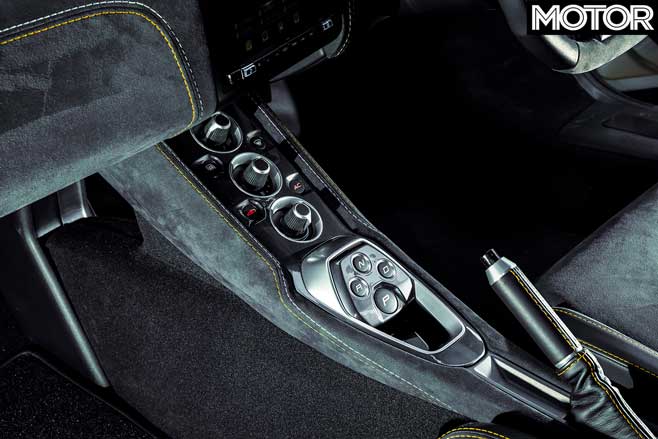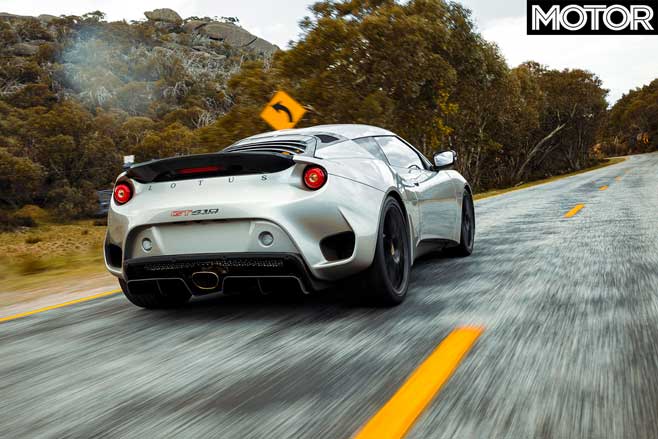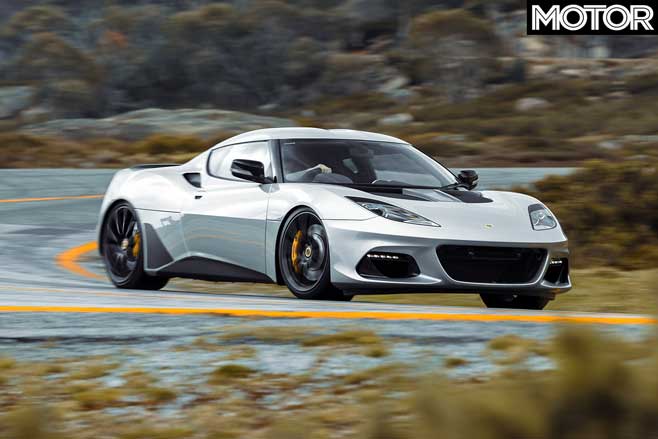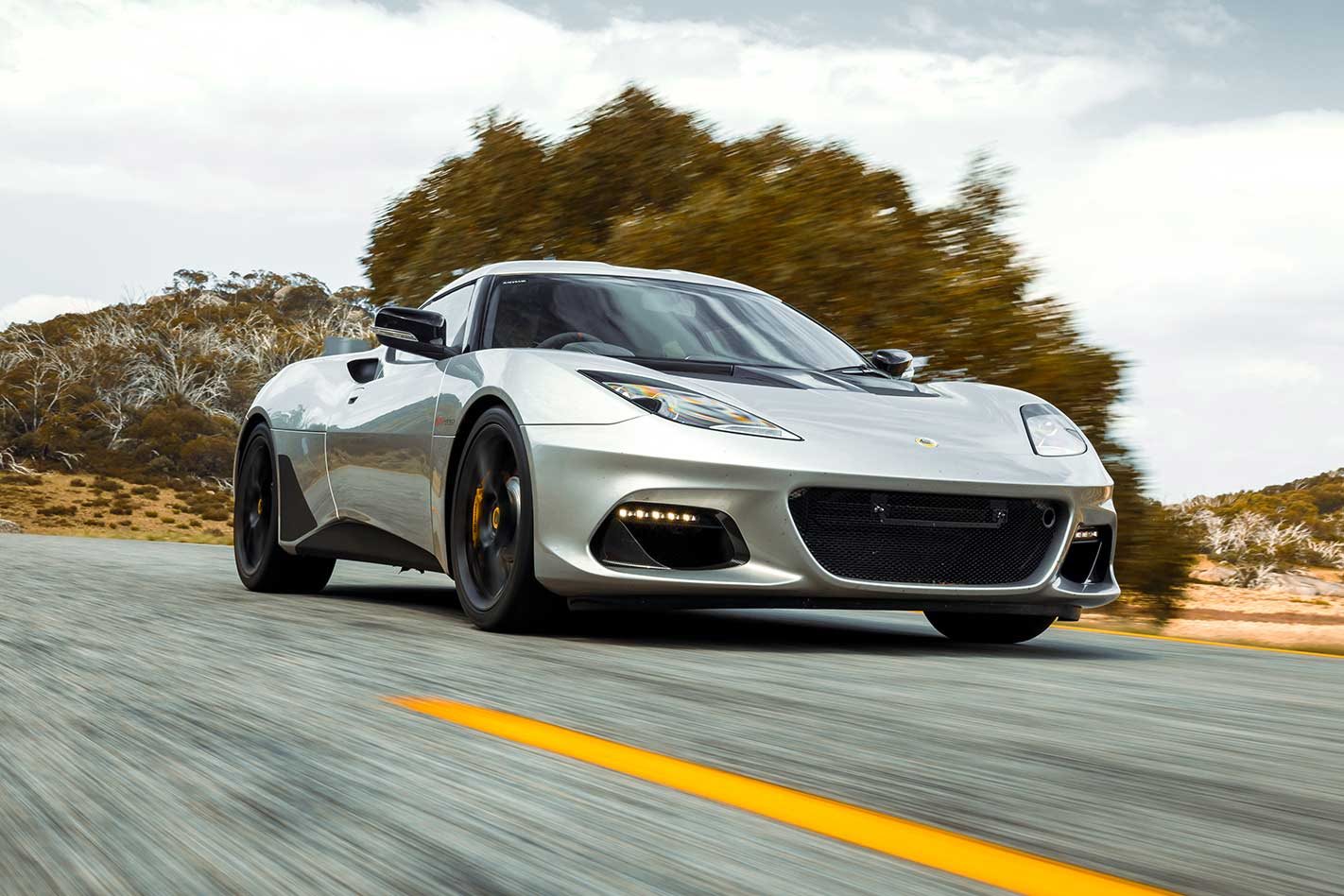Things we like
- Superb dynamics
- Incredible noise
- User-friendliness
Not so much
- Test car felt tight?
- Manual suits it better
Purists will struggle with the Lotus Evora Sport 410 IPS. To the Hethel diehards the idea of an automatic Lotus is anathema, completely contrary to the brand’s traditional aims of driving purity. What would Colin Chapman think?
Well, Chapman may have been a pioneering engineer first and foremost but he was also a businessman. The former may have bristled at the idea of a heavier, power-sapping torque converter auto, but catering to customers who are unwilling or unable to use a third pedal is definitely a smart business decision.

We’ve sampled the Evora Sport 410 previously and came away very impressed, but the six-speed manual can be a bit recalcitrant when rushed – when, say, changing down for a corner under heavy braking – which left us wondering whether the optional ($2000 extra) six-speed automatic might be the better choice?
There’s no power penalty for choosing the self-shifter, the 3.5-litre supercharged V6 continuing to produce 306kW/420Nm. The auto – Toyota’s U660E, if you’re curious – adds 11kg, but the claimed 0-100km/h time actually drops by a tenth to 4.1sec, though the top speed also shrinks from 305km/h to 275km/h – no big deal.
Choosing the auto also deletes the manual’s limited-slip diff, but to be honest it’s not necessary; the engine simply doesn’t generate enough torque to trouble the 285mm-wide Michelin Pilot Sport Cup 2s at the rear. In fact, it doesn’t generate enough torque to trouble anything. Exiting the tight corners of our test road, the Evora IPS felt to take an age to build revs, only really getting going in the upper reaches of the tacho.

It’s odd. There’s little weight penalty, the auto’s gearing is actually shorter and I don’t remember the manual feeling particularly lethargic. One possible explanation is that our test car was extremely new and needed a few more kilometres to loosen up, but it certainly didn’t feel 4.1sec-to-100km/h quick.
Thankfully, the Evora 410 emits one of the world’s best exhaust notes to keep you entertained and if that’s not enough, there’s always the incredible chassis poise and outstanding steering to enjoy. The brakes are a little soft at the top of their travel but you can drive very hard with complete confidence as there’s an immense amount of grip to lean on.

Crucially, the auto doesn’t kill the fun. The shifts aren’t dual-clutch rapid and you have to be slightly patient with downshifts, but there’s a nice little mechanical kick on upshifts and, as you’d hope, in urban commuting it’s zero fuss.
But also slightly confused. Lotus understandably positions the auto Evora 410 as more of a ‘Touring’ variant, yet it’s still equipped with Cup 2 tyres – great for grip, not for ride or refinement – and the carbon engine cover, which looks great but results in essentially zero rear visibility. In the end, choosing the auto probably only robs you of 10 per cent or less of he Evora 410 experience. However, it’s that 10 per cent that makes all the difference.

LOTUS EVORA SPORT 410 IPS SPECS Engine: 3456cc V6, DOHC, 24v, supercharger Power: 306kW @ 7000rpm Torque: 420Nm @3500rpm Weight: 1372kg 0-100km/h: 4.1sec (claimed) Price: $181,990
Things we like
- Superb dynamics
- Incredible noise
- User-friendliness
Not so much
- Test car felt tight?
- Manual suits it better






